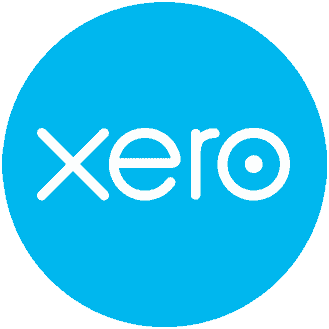How to prepare for your year-end accounting
As the end of the financial year approaches, you may be wondering what you need to do to get your Xero accounts ready for us. Here are some tips and tasks to help you streamline the process and avoid any delays or errors.
During the year
- Keep your Xero file reconciled and tidy.
- Attach invoices to transactions, this can save a lot of time when it comes to preparing your financial statements.
Before 31 March
- Review your Fixed Asset Register and write off any assets that are no longer in use or have been disposed of.
- Identify any bad debts that are unlikely to be recovered and write them off in Xero.
- Consider declaring dividends.
- Conduct a stock take on 31 March and update your inventory records in Xero accordingly.
After balance date
- Issue any invoices for work done or goods sold before 31 March and record them in Xero.
- If you have received any payments in advance for services that will be delivered after 31 March, let your accountant know so they can adjust your income accordingly.
- Reconcile your bank feeds in Xero up to 31 March and make sure they match your bank statements for all your bank accounts and loans.
- Accrue any interest on loans that is due but not paid as at 31 March, or ask your accountant for help if you are not sure how to do this.
- Complete and file your March GST and PAYE returns as soon as possible and record them in Xero.
Create a folder in your Xero account named ‘2024 Accounts Information’ and upload the following documents
- PDF bank statement showing the balance on 31 March 2024 for all your bank accounts and loans.
- Copy of loan statements for the full year ended 31 March 2024.
- Any new loans or finance arrangements, including Convertible Notes – please include a copy of the agreements.
- Any shareholder changes, please include a copy of the agreements.
- If you received any grants during the year, please include a copy of the agreements or grant documentation.
- Any major transactions, such as acquisitions, disposals, investments, etc. – please include relevant documents.
- Copies of any ACC invoices.
- Copies of any insurance invoices.
Confirm or advise us of the following information:
- Please provide details of any transactions that you were unsure of how to record in Xero during the year, including the invoice.
- Confirm that all travel expenses are business related, or advise if there are any personal expenses that need to be adjusted.
- Advise if there were any related party transactions during the year, such as sales or purchases with associated companies or shareholders, salaries paid to directors or shareholders, etc.
- Confirm that all accounts receivable and accounts payable balances are correct as at 31 March, or advise if there are any errors or disputes that need to be resolved.
- Advise if there were any transactions outside of your Xero file, such as personal payments for business expenses or vice versa, cash transactions, etc.
- Advise if there are any capital commitments, contingent liabilities or major events after balance date that may affect your financial position or performance.
By following these steps, you will make it easier for us to prepare your financial statements and tax returns, and ensure that they are accurate and compliant. If you have any questions or need any assistance, please contact us.
*This publication contains generic information only. NZ Tax Desk Ltd is not responsible for any loss sustained by anyone relying on the contents of this publication. We recommend you obtain specific taxation advice for your circumstances.













